#July2017Sales
Forget Volkswagen's '800,000 Sales by 2018' Goal - VW's New Goal Is 5 Percent U.S. Market Share by 2020
In 2009, during the depths of a global financial crisis the likes of which generations had never seen, Volkswagen of America set forth on a nine-year plan that would more than triple sales to 800,000 units in 2018.
Stuff happened. A crisis (or two) got in the way. An overly Americanized product lineup lacking in utility vehicles underachieved. Volkswagen lost its right to sell diesel models in America. Volkswagen will struggle to sell 400,000 new vehicles in the United States in 2018.
Although at first it seemed possible — Volkswagen sales grew far faster than the market as a whole exiting the recession — the 800,000-unit sales goal has long since been abandoned. By 2014, before the diesel emissions scandal even broke, now-departed Volkswagen of America CEO Michael Horn was questioning the timing of the 800,000-sales goal.
As the summer of 2017 approaches a close, however, Volkswagen’s global boss Herbert Diess has a new, seemingly unrealistic goal for the brand’s U.S. operations, Bloomberg reports. With a stronger SUV lineup, Volkswagen wants to grow its U.S. market share to 5 percent in 2020.
Volkswagen’s market share in 2017? Less than 2 percent.
Priced in the Supercar Stratosphere, the New Honda NSX Is Hilariously Uncommon in Australia
It’s early days for the second-generation Acura NSX, known in most global markets as the Honda NSX. After a decade-long hiatus, the Ohio-built NSX only returned in the summer of 2016.
Yet 577 copies of the NSX have been sold in America during the supercar’s first 14 months. In the much smaller and less supercar-friendly Canadian market, 82 copies of the Acura NSX have been sold since July 2016, including 29 in the last two months.
And in Australia? Down Under, sales of the Acura Honda NSX have been less, shall we say, numerous. So far, Honda Australia has reported… carry the one, find the inverse sine, if c is equal to a+b… a grand total of two NSX sales.
Two. Dos. Zwei. Ni.
The reasons are obvious.
Nissan Jacks Up 2018 Armada's Price, Cedes Bargain Crown to 2018 Chevrolet Tahoe Custom
The 2018 Nissan Armada will be priced at $46,795, including destination, when it goes on sale Friday, September 1st; a $700 increase compared with 2016.
While that price increase would have been enough for the Nissan Armada to maintain its position as America’s least costly body-on-frame, full-size SUV, the sudden appearance of the 2018 Chevrolet Tahoe Custom has altered the playing field.
Competitors, not just Nissan but Toyota and Ford as well, didn’t need to give the class-leading Chevrolet even more capacity to dominate the category. But now the best seller is also the bargain of the bunch, and by a noticeable margin.
Confirmed: Volkswagen Canada Won't Be Offering the T-Roc, Either
Not only is Volkswagen’s recently unveiled T-Roc subcompact crossover destined to avoid U.S. shores, Volkswagen’s Canadian dealers won’t be offering the T-Roc, either.
Revealed last week, we had always assumed the T-Roc was the logical next step for a Volkswagen brand that had suffered long and hard from a limited, delayed, premium SUV strategy in North America.
But it turns out Volkswagen of America will skip the T-Roc, likely in favor of a different small utility vehicle. So we asked Volkswagen Canada whether the T-Roc would arrive for the 2018 model year, the 2019 model year, or never at all.
Volkswagen’s response is the third option. “At least for now,” company spokesperson Thomas Tetzlaff tells TTAC.
Surely small-car-loving Canada — where the Honda Civic has been Canada’s top-selling car for 19 consecutive years and subcompact cars hold 19 percent more market share than they do in the U.S. — wants another subcompact crossover? Nah, not so much. Like Americans, Canadians haven’t fully latched onto the subcompact crossover, either. Not yet.
Volvo's U.S. Sales Are Falling; Company Still Plans to Grow U.S. Sales 80 Percent by 2020
Volvo has lofty expectations for its presence in the U.S. luxury car market, but the Chinese-owned Swedish automaker is going to rely on a new boss to dramatically elevate the brand’s U.S. volume over the next three years.
Lex Kerssemakers, a Dutchman who’s been in charge of Volvo’s North American region for nearly three years, is being shuffled into the equivalent position as Volvo Cars’ senior vice president for Europe, Middle East, and Africa. It’s essentially a straight-up trade: Anders Gustaffson moves over from his role as senior vice president for Europe/Middle East/Africa to inherit Kerssemakers old job, according to Automotive News.
The new boss overseeing Volvo’s U.S. operations brings a retail-oriented perspective, having held his first job as a 14-year-old at his parents’ Volvo dealer in Sweden. Anders Gustaffson also held a role as CEO of Hertz in Sweden and was the leader of Volvo in its home market, as well.
Gustaffson’s predecessor —also his successor — hasn’t shied away from placing a large amount of pressure on Gustaffson’s shoulders. Through the first seven months of 2017, Volvo’s U.S. sales are down 9 percent, diving three times faster than the industry at large. Yet according to Kerssemakers, “Volvo should sell 150,000 vehicles a year in the U.S. [by 2020],” Automotive News reports.
That’s an 80-percent jump in the next three years. Get to work, Mr. Gustafsson.
Do It for the Children: Honda and Toyota Sticking With Small Cars for the Sake of Our Children, and Our Childrens' Children
The Dodge Dart is dead. The Ford Fiesta is likely on its last legs in the United States. Ford Focus production is moving to China, off the North American continent where demand for Ford small cars is rapidly declining. General Motors is scaling back production at the Chevrolet Sonic’s Orion Township, Michigan, assembly plant.
That’s the Detroit small car picture, or at least part of it. From Japan’s perspective, however, small cars are entirely worth it, not just because of the sales success enjoyed by the Honda Civic (currently America’s best-selling car through 2017’s first seven months) and Toyota Corolla, but because of the demographic small cars target.
America's Minivan Segment on Track for Worst Year Since 2009 - the Depths of the Recession
Eight years ago, American consumers, businesses, and governments acquired only 10.4 million new vehicles.
Sound like a lot? The U.S. auto industry generated an average of 16 million new vehicle sales in the five years leading up to 2009; 16.3 million annually over the last half-decade.
With the overall market’s collapse, it’s not surprising to hear that very few minivans were sold. Claiming only 4.3 percent of the industry’s volume, minivans collected only 448,000 sales.
At the current rate of decline through 2017’s first seven months, this year won’t be quite that bad. But it’s on track to be almost that bad, and the worst year since.
There's Enough Buick LaCrosse Inventory in America to Last Until the 2018 July 4th Holiday
As General Motors seeks to get the company’s U.S. inventory down to the industry average of 70 days’ supply by the end of 2017, once-prominent passenger cars are inhibiting the company from achieving its vital goal.
At Cadillac, where even the company’s three utility vehicles have far more than 70 days of stock, the brand’s four car nameplates have 137 days’ supply. At Chevrolet, where the brand’s somewhat excessive light truck inventory is largely due to an intentional increase in Silverado stock, there’s a 128-day supply of passenger cars. Granted, that figure is worsened by a stop-sale on Chevrolet Sparks that limited the city car to only 1,132 U.S. sales in the last three months and by a necessary Corvette stockpile in advance of a Bowling Green shutdown.
But it’s at Buick, where new and old designs alike are suffering from dramatically lower-than-anticipated demand, that GM’s inventory reduction methodology doesn’t seem to be taking hold. According to Automotive News, Buick dealers have enough LaCrosses in stock to last until the July 4th holiday next summer.
How did Buick develop such a LaCrosse glut, and is there a silver lining to this black inventory cloud?
The 2018 Honda Accord Gets Tech the Entire Acura Brand Can't Yet Have
The Honda Accord is by no means a younger sibling, operating as the senior member of American Honda’s fleet.
More specifically, the 2018 Honda Accord will never be viewed as the little brother in the American Honda family, not with these substantial dimensions and MSRPs that reach deep into the $30Ks.
But the 10th-generation Accord is still a Honda. Just a Honda. Merely a Honda. Only a Honda. And while you might expect Honda to enjoy technological hand-me-downs from the automaker’s upmarket Acura brand, that’s not the way it works. Not when it comes to the Accord.
As a result, we’ll wait and see which hand-me-ups appear on the next all-new Acura, the third-generation 2019 Acura RDX.
Full-size Sedan Faithful, Take Heart - Fifth-gen Toyota Avalon Due Next Year; Toyota Says "We're Committed"
U.S. sales of full-size, volume-brand sedans fell 17 percent in the first seven months of 2017, a sharp drop following noteworthy declines in each of the last three years. Despite the growth the market has seen since the auto industry’s collapse in 2009, big sedans have lost 37 percent of their U.S. sales volume over the last four years.
Compared with 2013, that’s 18,000 fewer sales for the segment every month. Even compared with 2016, that’s 6,500 fewer sales every month.
In what was historically a fleet-dependent corner of the passenger-car market, many automakers’ reduced emphasis on sales to daily rental companies plays a major role. Numerous players in the segment also attempted to move upmarket, further away from the midsize cars that now offer the requisite interior volume. It hasn’t turned out so well for some. Remember the Mitsubishi Diamante and Mercury Montego? We’ll soon forget the discontinued Hyundai Azera. The Ford Taurus is likely not long for this market, either.
Yet in a market that’s lost 17 percent of its sales this year, the Toyota Avalon has shed 28 percent of its year-to-date volume, a loss of 7,475 sales. With an all-new 2018 Camry set to generate more than its fair share of Toyota sedan sales, does the Avalon even deserve a place in Toyota’s 2018 lineup?
Indeed it does, as Toyota will launch the fifth-generation, TNGA-based Avalon in 2018. “We’re committed to Avalon,” says Toyota North America’s executive vice president for sales, Bob Carter.
Canadians Are Falling Head Over Heels in Love With the All-new 2018 Honda Odyssey, As They Should
In the 2016 calendar year, the Honda Odyssey was Canada’s 41st-best-selling vehicle.
In the first half of 2017, as the fourth-generation Odyssey’s tenure came to an end, the Honda van plunged 11 positions to 52nd. Odyssey sales were down 18 percent, year-over-year. Odyssey volume was on track to fall to a five-year low. Hashtag minivans dead.
Then, descending from the top of Mount Fuji with a Soichiro-shaped halo, hosting enough seats for the entire Odyssey SCCA pit crew, declaring 30 more horses than the original Acura NSX, equipped with enough gears in its transmission for 2.5 copies of the Toyota Yaris, and speaking with just enough of an Alabama twang to be authentically North Americanized, the 2018 Honda Odyssey appeared.
Canadian sales of the Honda Odyssey consequently rose to the highest level in 15 years. And so shall it ever be.
GM Wants (Needs?) to Figure Out How to Sell More Chevrolet Camaros
There’s more than one reason the sixth-generation Chevrolet Camaro has failed to live up to the fifth-gen Camaro’s U.S. marketplace success.
First, the drama of the (quite possibly) superior sixth-gen Camaro’s styling is diminished by the fact that it looks so very much like the fifth-gen car. To the casual muscle car buyer — of which there have to be tens of thousands of it’s going to be the high-volume sports car it was — it’s certainly not obvious that this is even an all-new car.
Then there’s the fact that the sixth-gen Camaro also continues the fifth-gen’s visibility trend: there is none. Added to that, GM always intended to sell fewer Camaros to daily rental fleets when the sixth-gen car arrived for the 2016 model year.
In the end, however, it’s always down to money. Not only is the Chevrolet Camaro a costly ticket, but Camaros are also packaged in a way that shrinks appeal at the affordable end of the spectrum.
According to GM’s North American boss Mark Reuss, the company wants to fix that, though it’s not yet clear what the remedy is.
Eight Consecutive Months of Volkswagen Sales Improvement Ends in July 2017 - Crossover Volume Still Very Low
After steady declines even prior to the diesel emissions scandal of nearly two years ago, Volkswagen of America took another serious hit in 2016 — the best year on record for the auto industry. Compared with 2012, Volkswagen volume sank by 85,000 sales last year.
But by the end of 2016, Volkswagen’s U.S. sales volume was beginning to rise again. True, that rise was in comparison with a true low — Volkswagen sales in the final one-sixth of 2016 were up 22 percent year-over-year but were 17-percent lower than in the same period of 2012 — but Volkswagen was bouncing back.
The bounce back continued through the first half of 2017, with Volkswagen sales through June up 8 percent despite the market’s 2-percent downturn.
Perhaps July was just a blip on the radar. But Volkswagen’s eight-month streak of improvement screeched to a halt last month as the U.S. auto industry reported its most significant losses of the year, and as Volkswagen’s new SUV lineup continues to dip its toes in American waters.
If Current Trends Hold, the Toyota Prius Will Not Be America's Best-selling Hybrid in 2018
If current marketplace trends hold, the Toyota Prius will not be America’s best-selling hybrid by next year.
The steep rate of decline experienced by the Prius in 2017 is no surprise. For one thing, it’s a continuation of the decline we saw earlier in the fourth-gen Prius’ tenure. For another, there are new Prius competitors, such as the Hyundai Ioniq and Toyota’s highly efficient 2018 Camry Hybrid. But the Prius’s rapid slide — sales are down by a third so far this year — is also what Toyota predicted at the turn of the calendar.
Yet even if the rate of Prius decline suddenly and unexpectedly slows, it’s difficult to imagine a scenario in which the Toyota Prius, long the dominant hybrid in America, holds onto its crown as the top seller for long.
The victor in 2018 will, however, almost certainly be a Toyota.
Alfa Romeo Giulia Sales Jumped yet Again in July 2017
Critics love the Alfa Romeo Giulia.
And they hate it.
American luxury car buyers, however, are increasingly interested. The Alfa Romeo Giulia lineup has been available since the tail end of 2016. And every month, right through the spring and into the summer, stories of breakdowns and limp-home modes and on-track failures had no apparent impact on increased demand.
July 2017 was the Alfa Romeo Giulia’s best month on the U.S. market to date.







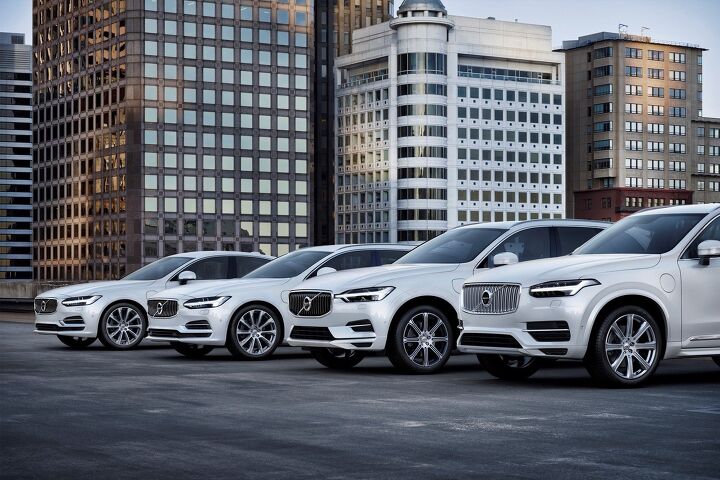


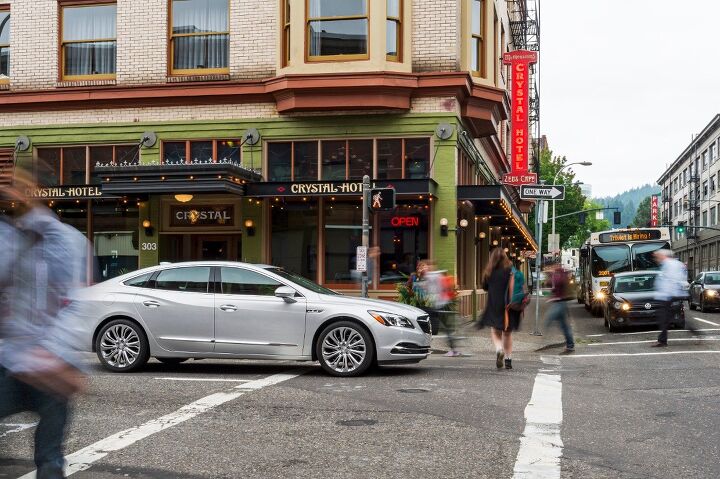
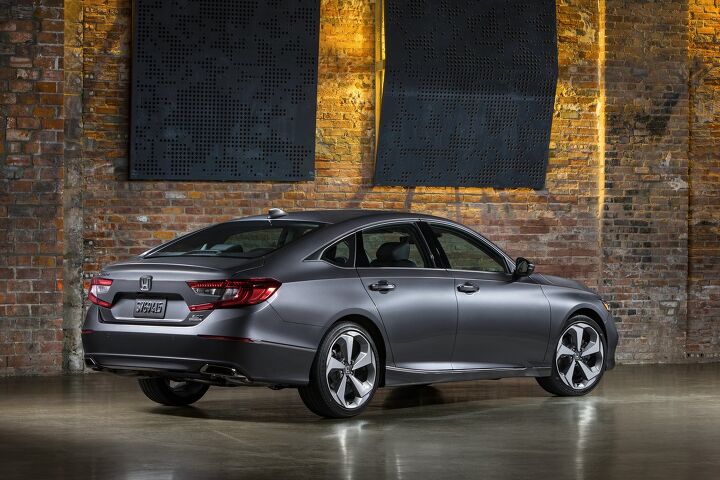
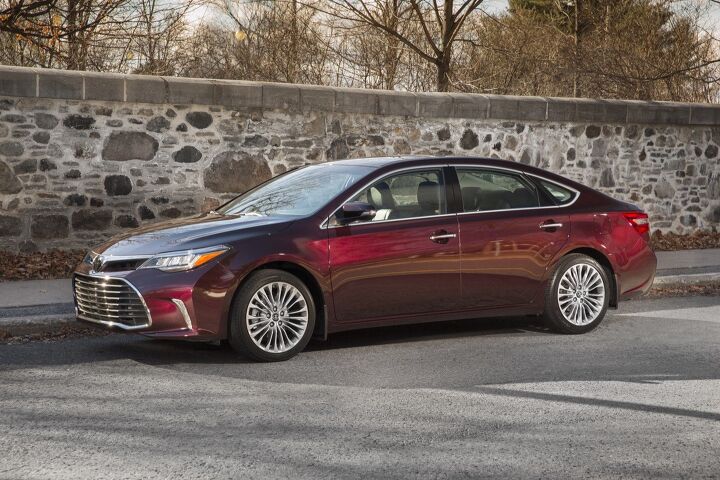
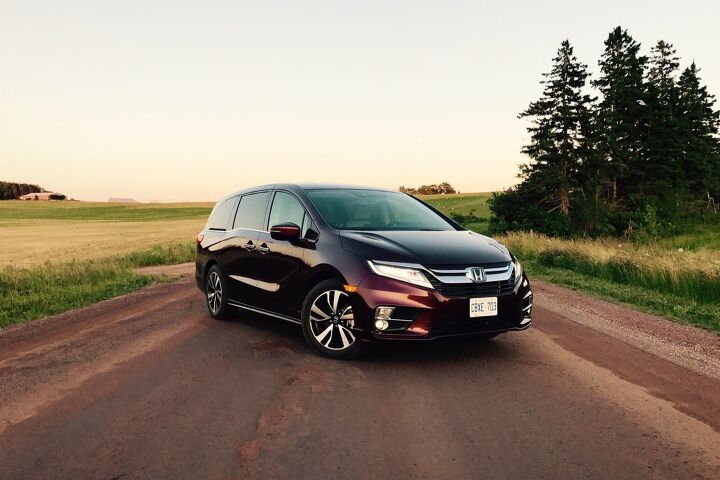
















Recent Comments